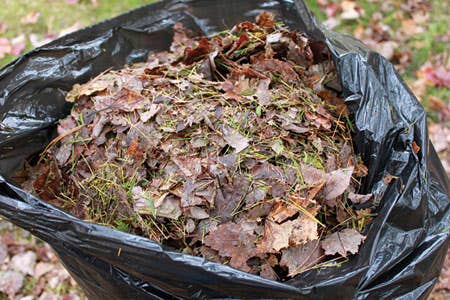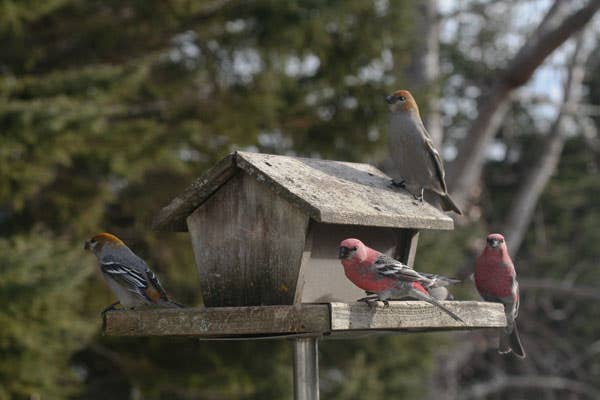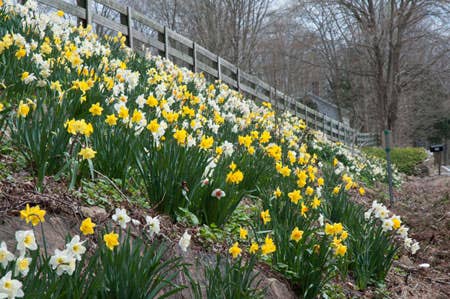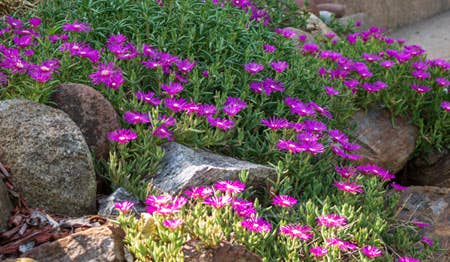Local nurseries often have ads promoting fall fertilization. Should you really feed shrubs in the fall? —KL, Owensboro, Ky.
Answer: Technically, you may not need to fertilize any of your plants. The plants in field and forest get along without any supplemental fertilization, and so will yours if you have good soil. However, in the wild there’s a constant replenishing of nutrients from natural decomposition. This is often not te case in suburbia, where the nutrient-rich topsoil was scrapes away to level the building site, and leaves and grass clippings are often raked and bagged.
Though it may seem counterintuitive, fall is actually the optimal time to fertilize shrubs. It’s prime time for root growth, and plants are storing reserves in their woody tissues for next year’s growth. Research has shown that shrubs fertilized in the fall have better foliar color and larger leaf size, as well as superior growth in the following season.
Timing is key. Fertilize too early in the fall, and you may stimulate a new flush of growth (especially is there is plenty of rainfall) that will not have time to harden off before winter. Timing will vary by region, but application should be when all new growth has ceased, daytime temperatures have begun to moderate and the soil holds adequate moisture. Two or three weeks after your average first frost date is a good target.







